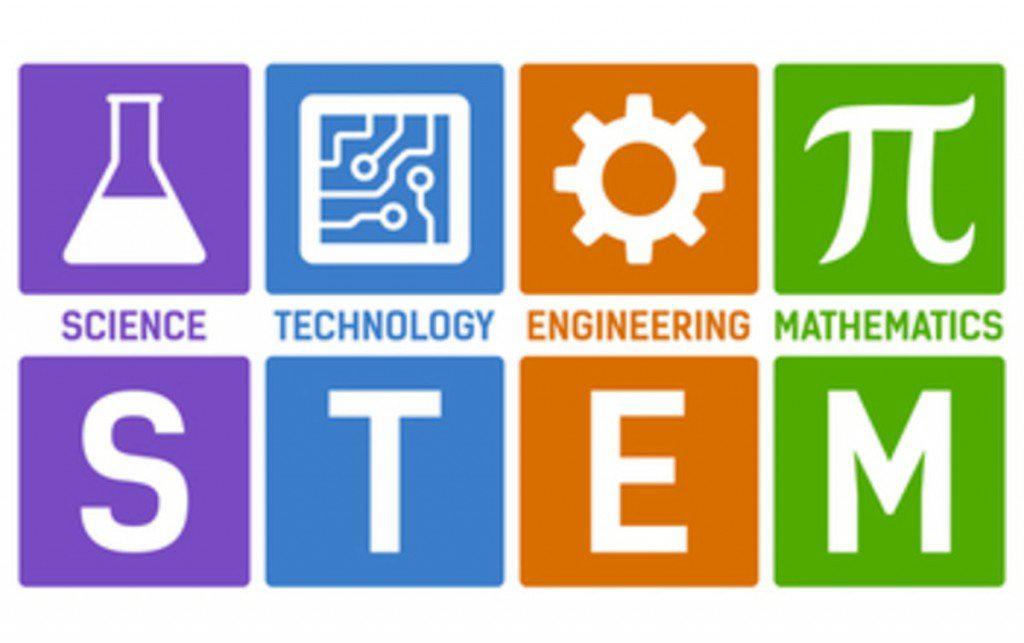Table of Contents
What Does STEM (Science, Technology, Engineering and Math) Mean?
STEM is an integrated, interdisciplinary, and student-centered approach to learning that encourages critical thinking, creativity, collaboration and design thinking across multiple disciplines. STEM stands for Science, Technology, Engineering, and Math.

An important role of STEM education is to help students develop skills that will empower them later on in the workplace. This includes helping students develop skills that foster:
According to the U.S. Census Bureau, there were nearly 10.8 million workers in STEM occupations in 2019. Information technology (IT) workers comprised half of the STEM workforce, and engineers made up about a third of all STEM employees. Although women’s representation in STEM employment has increased since the 1970s, females are still underrepresented in engineering and computer science.
AdvertisementTechopedia Explains STEM (Science, Technology, Engineering and Math)
STEM seeks to ensure that tomorrow's workforce are logical thinkers, technologically proficient problem solvers and self-reliant innovators and inventors.
Statistics from the American Community Survey show that computer, mathematics, statistics and engineering majors had the largest number of college graduates working in STEM career fields, with about half of them actively employed in a STEM occupation. Currently, the most common STEM occupation for both men and women is software developer.
Difference beween STEM and STEAM
STEAM takes STEM to the next level: it encourages students to connect their learning in science, technology, engineering and math with the arts and design thinking principles.
In education, both STEM and STEAM are crucial to developing the competencies needed to develop tomorrow's leaders and foster intellectual, entrepreneurial and technical talent. STEAM is a way to take the benefits of STEM and complete the package by integrating the arts.
AdvertisementShare this Term




